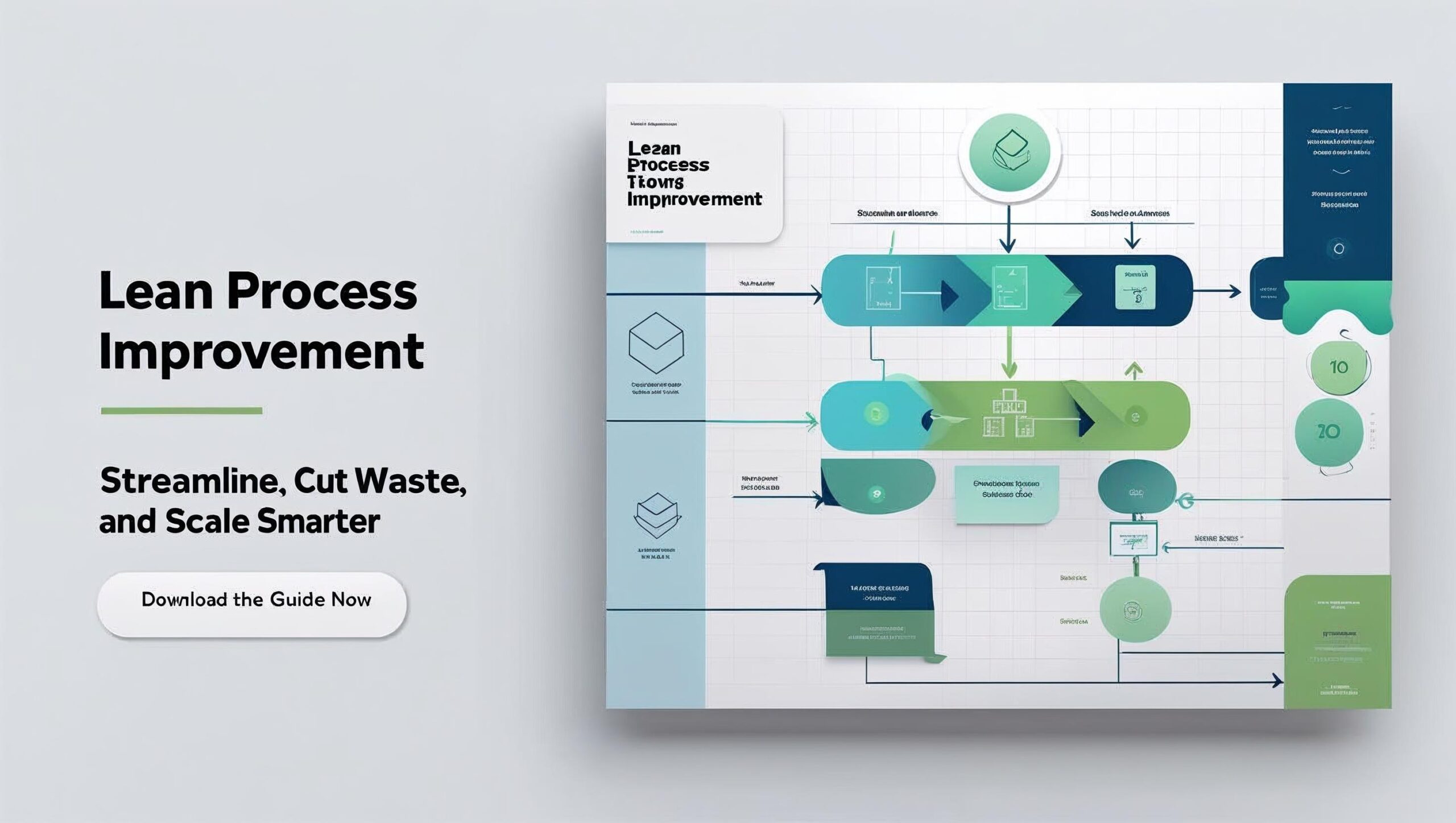Success in today’s business world requires more than just clever ideas; it demands ongoing refinement. The Deming Cycle, also known as the Plan-Do-Check-Act (PDCA) cycle, stands as a time-tested framework that empowers organizations to achieve continuous improvement, drive innovation, and consistently deliver value. Whether you’re managing a startup or optimizing established processes, the Deming Cycle is an essential catalyst for lasting change.
What is the Deming Cycle?
The Deming Cycle is an iterative four-phase model for continual process improvement: Plan, Do, Check, Act. Born out of W. Edwards Deming’s work in the 1950s—and building on the Shewhart Cycle—the Deming Cycle focuses on data-driven learning, experimentation, and adaptation. Businesses, healthcare organizations, educators, and even software teams use this method to refine products, streamline operations, and enhance customer satisfaction.
Why Is the Deming Cycle Important?
Continuous improvement is the cornerstone of success. Unlike isolated fixes, the Deming Cycle creates a feedback loop that enables organizations to adapt swiftly in dynamic markets. This model:
- Encourages regular review and incremental iteration.
- Supports strategic problem-solving and risk management.
- Engages employees in quality enhancement.
- Builds a culture based on learning, accountability, and measurable results.
The Four Stages of the Deming Cycle
Plan
In the Plan phase, identify a problem or opportunity and devise an actionable strategy. This might include:
- Pinpointing inefficiencies or bottlenecks.
- Understanding customer expectations.
- Setting clear objectives and defining desired outcomes.
- Outlining steps, metrics, and benchmarks for success.
Example: Suppose your business wants to decrease customer support response times. During the Plan stage, you’d gather baseline data, set a target (e.g., answer all emails within four hours), and draft process adjustments.
Do
Next, Do means putting your plan into action—usually first on a small scale to limit risk. Here’s what happens:
- Execute the strategy as designed.
- Train staff and allocate resources.
- Collect data on the implementation process.
Example: Update support workflows for a single team. Measure initial results, taking notes on snags and questions as they arise.
Check
During Check, analyze the data gathered during Do to measure results against your Plan.
- Review performance metrics and reports.
- Identify deviations or unexpected outcomes.
- Assess the reasons behind successes and setbacks.
Example: Did the new workflow reduce response times as expected? Were there unanticipated challenges or costs?
Act
The final step is Act, where improvements are standardized or new adjustments are made:
- If goals were met, formalize the changes.
- If outcomes fell short, revise the plan and repeat the cycle.
- Document lessons learned and communicate updates to all stakeholders.
Example: If only one team achieved the target, refine the process based on their feedback before scaling across the company.
[This is an ideal place to embed the logo of an affiliate program such as monday.com, which helps teams manage and iterate on workflows.]
How the Deming Cycle Drives Quality and Efficiency
Applying the Deming Cycle moves organizations away from reactive fire-fighting and toward proactive improvement. For example:
- In manufacturing, it reduces errors and waste through ongoing process control.
- In software, product teams iterate faster, fixing bugs and meeting user needs with each cycle.
- In service industries, customer experience is uplifted by constant assessment and adaptation.
A practical tip: Tools like monday.com or PandaDoc can simplify tracking progress and standardizing documentation throughout PDCA cycles.
Integrating Technology and Automation
The right digital tools amplify the impact of the Deming Cycle. Consider:
- Using Outgrow for interactive process surveys in the Plan phase.
- Automating data collection with QuickBooks or Synder during Do and Check.
- Streamlining internal communication in Act with monday.com or Leadflow.
Consider embedding affiliate program logos for 1Password or Shoeboxed at the start of your “Technology” section to increase brand exposure.
Best Practices for Using the Deming Cycle
- Start small. Pilot changes in a controlled environment before scaling.
- Involve cross-functional teams for well-rounded insights.
- Maintain comprehensive documentation for each cycle.
- Encourage open feedback and reward innovation.
- Use clear, simple dashboards to communicate status and results.
Real-World Applications of the Deming Cycle
- Manufacturing: Lean manufacturing and Six Sigma regularly employ PDCA for waste reduction and quality assurance.
- Healthcare: Hospitals improve care protocols and patient safety through iterative improvements.
- Startups: Product teams rapidly test and refine new features using tools powered by the Deming Cycle.
“Quality is everyone’s responsibility.” — W. Edwards Deming
Common Challenges and Solutions
Pitfall: Resistance to change from employees.
Solution: Involve teams early, highlight wins, and leverage learning tools like LearnWorlds for training.
Pitfall: Poor documentation or lost data.
Solution: Use secure solutions such as 1Password to manage documents and credentials.
Related Reading
Explore our guide on Lean Process Improvement for actionable strategies that complement the Deming Cycle.
Key Takeaways
- The Deming Cycle empowers ongoing, data-driven improvement in any organization.
- Its four steps—Plan, Do, Check, Act—promote disciplined experimentation and learning.
- Digital tools and affiliate solutions enhance each PDCA phase.
Ready to supercharge your improvement strategy? Try a free trial of recommended platforms or contact our team for tailored process optimization advice!

